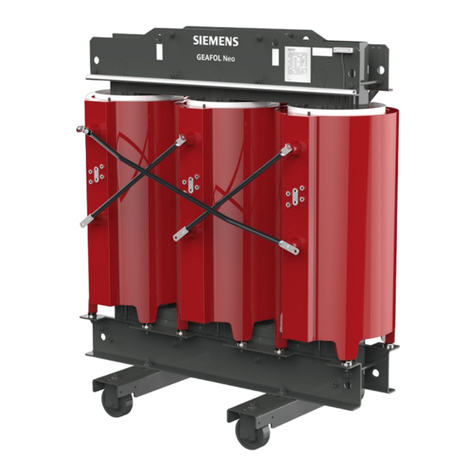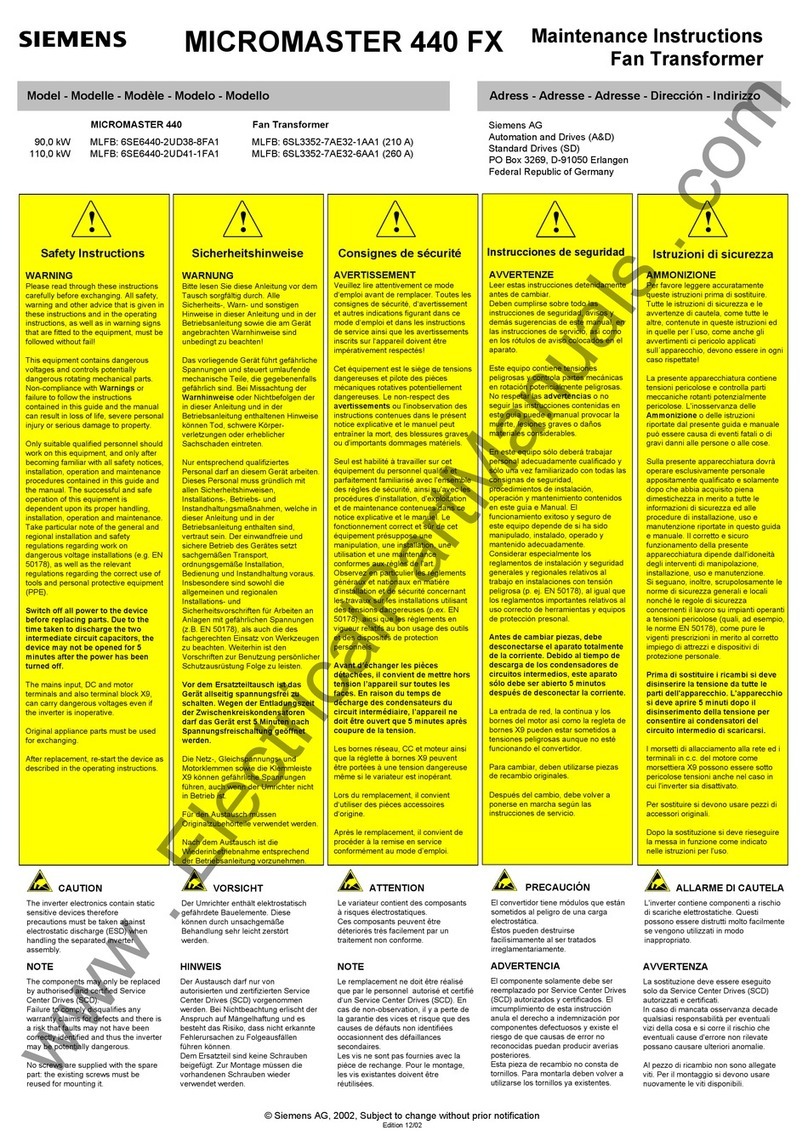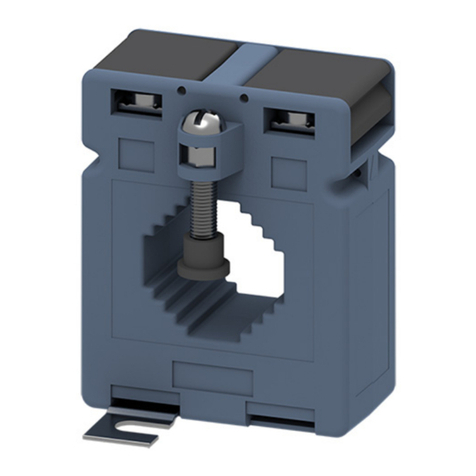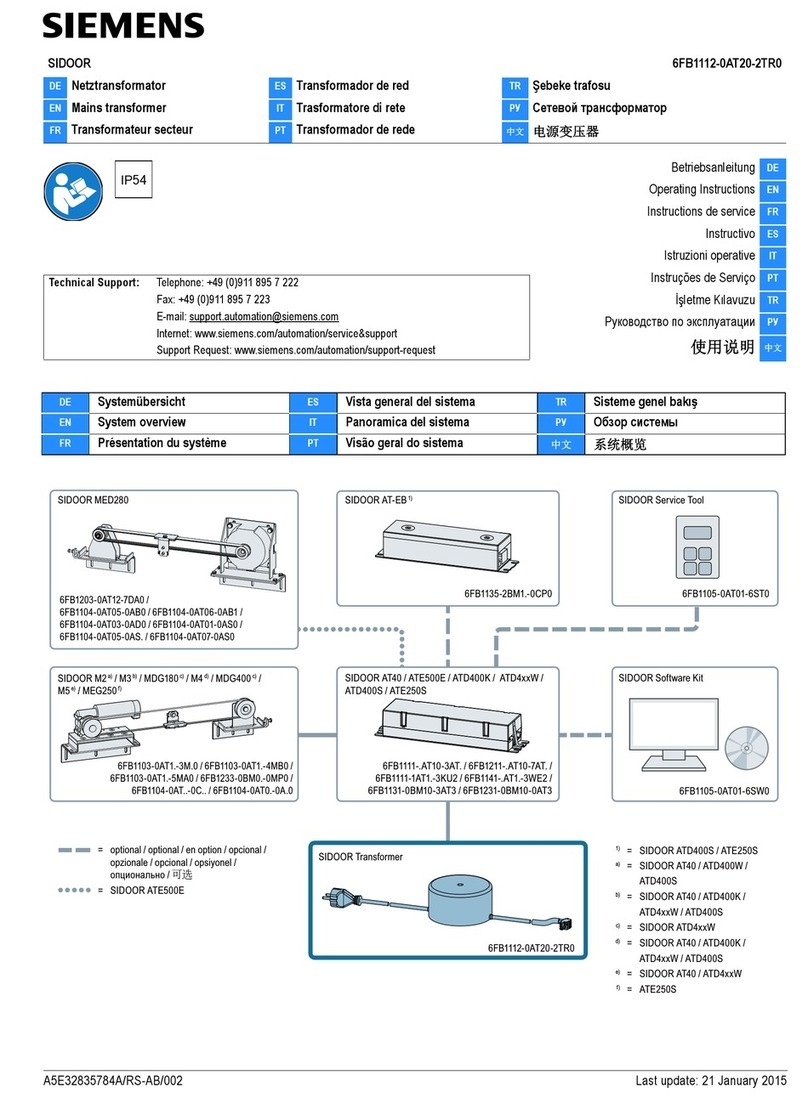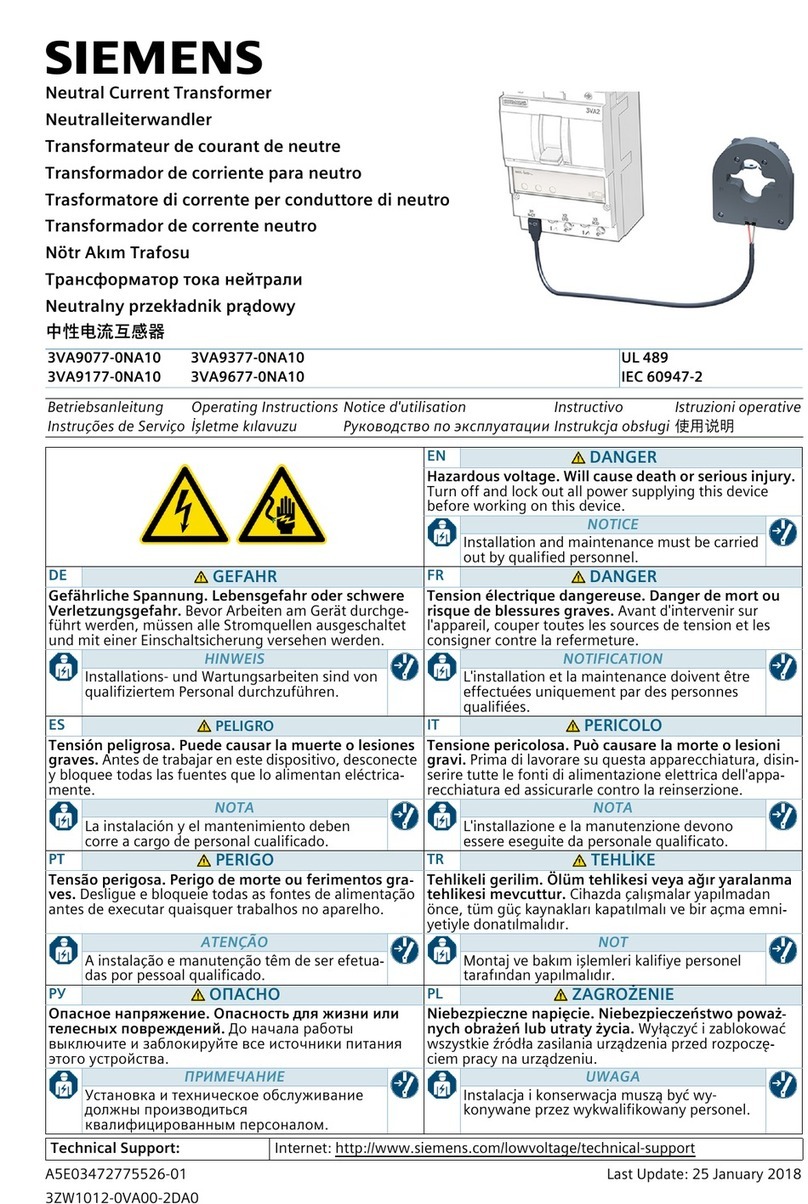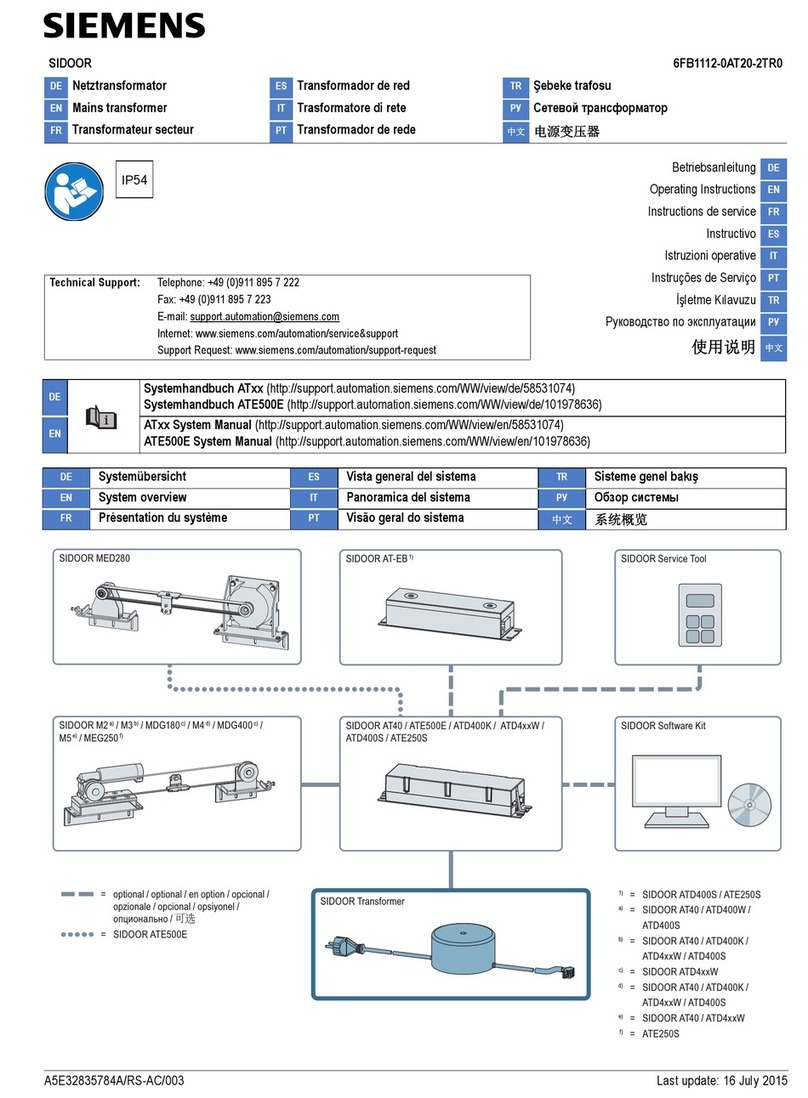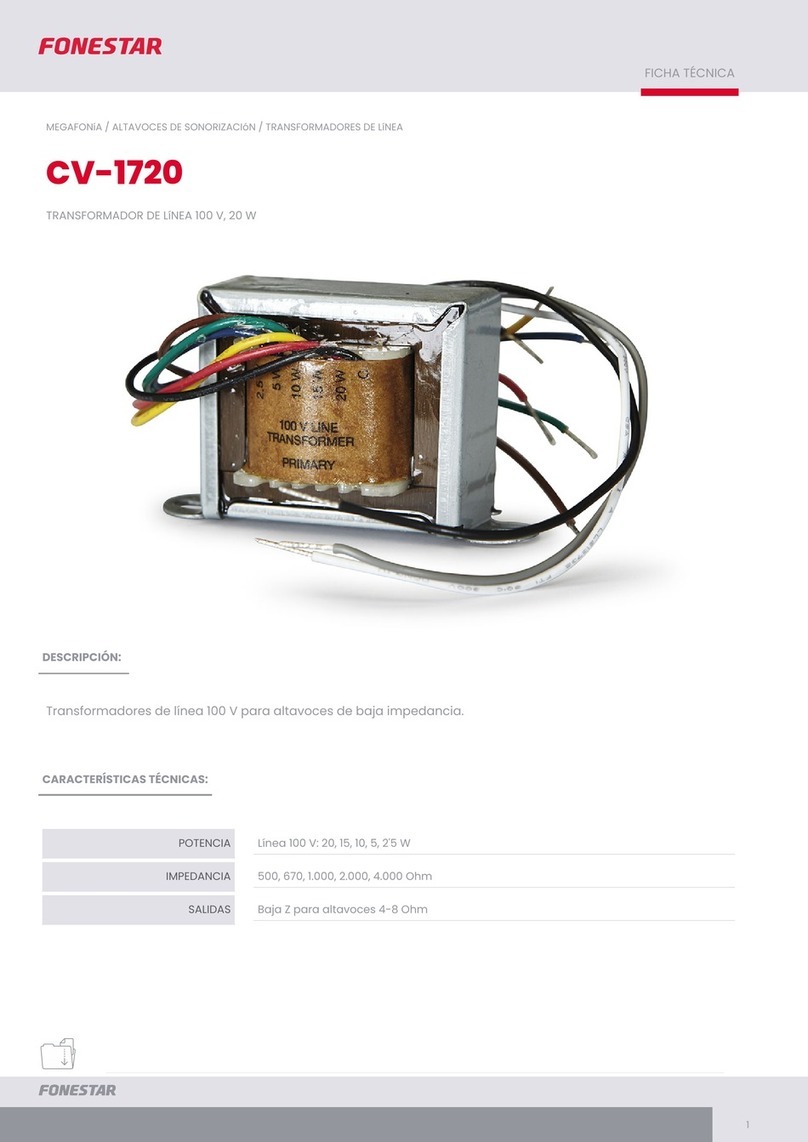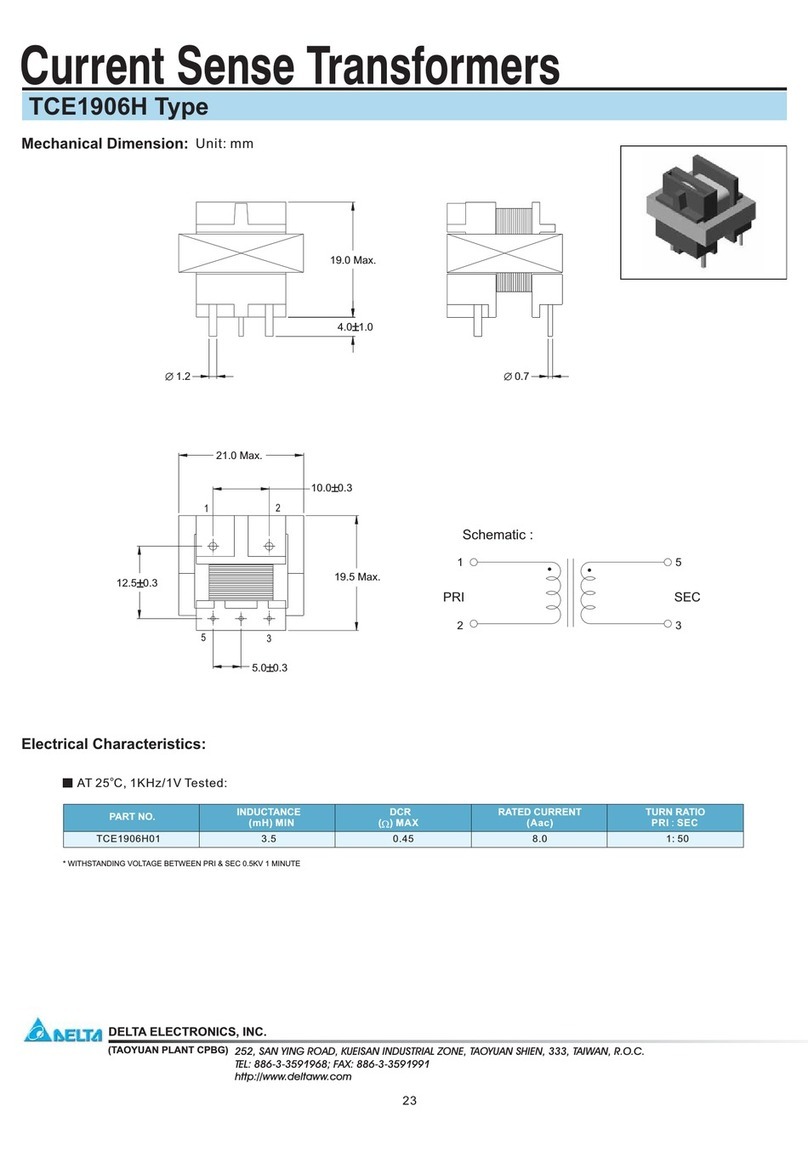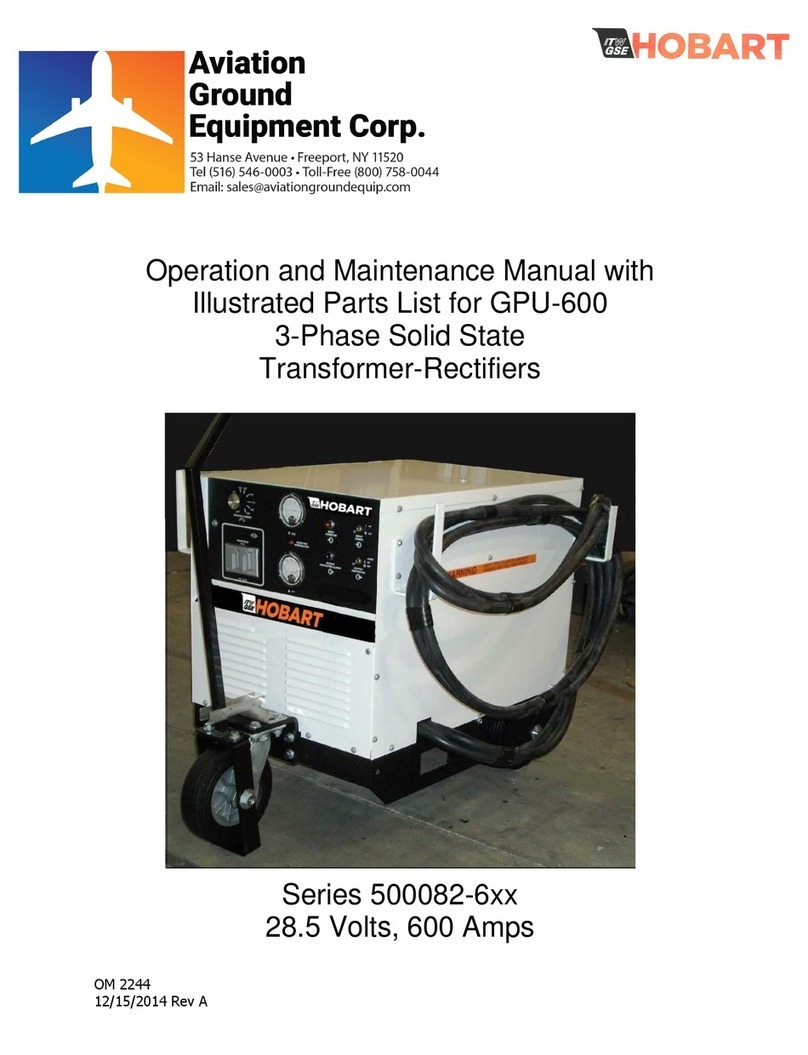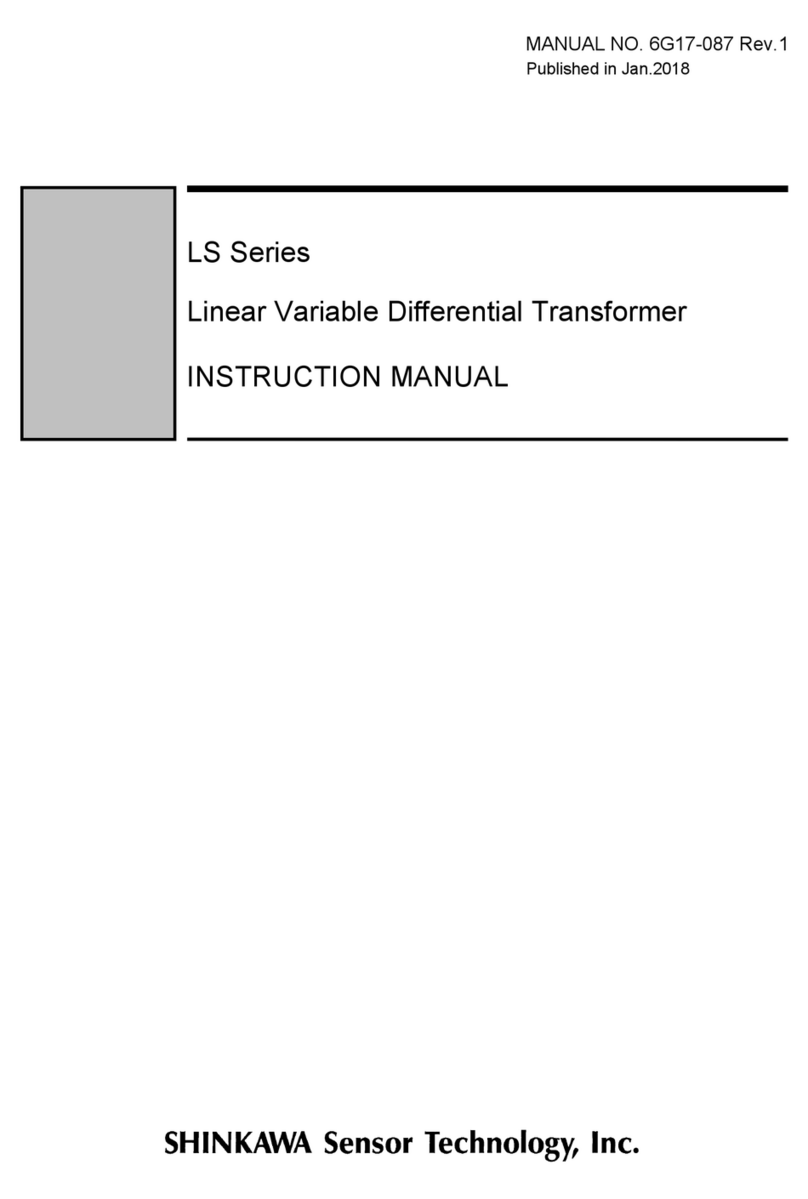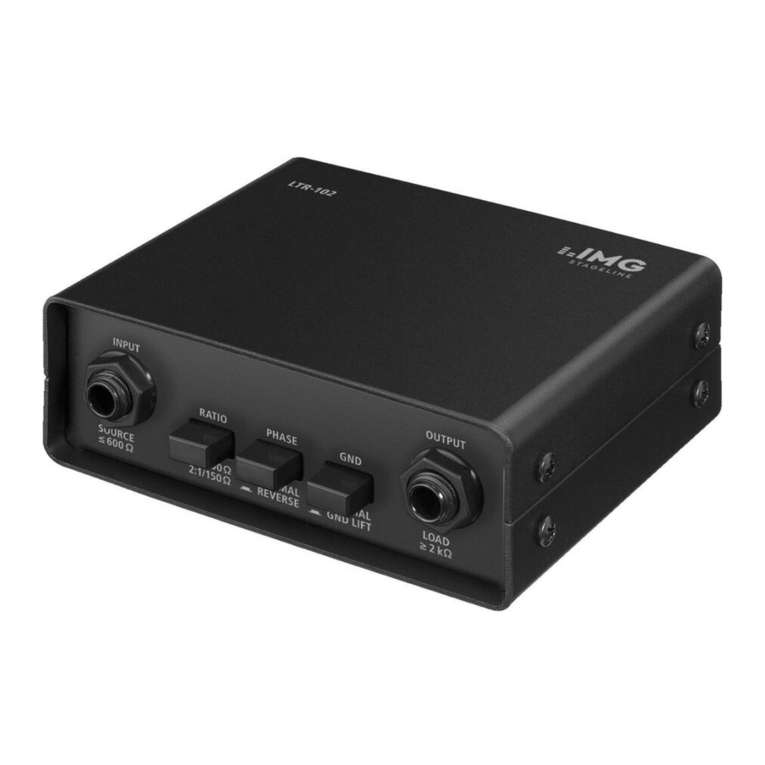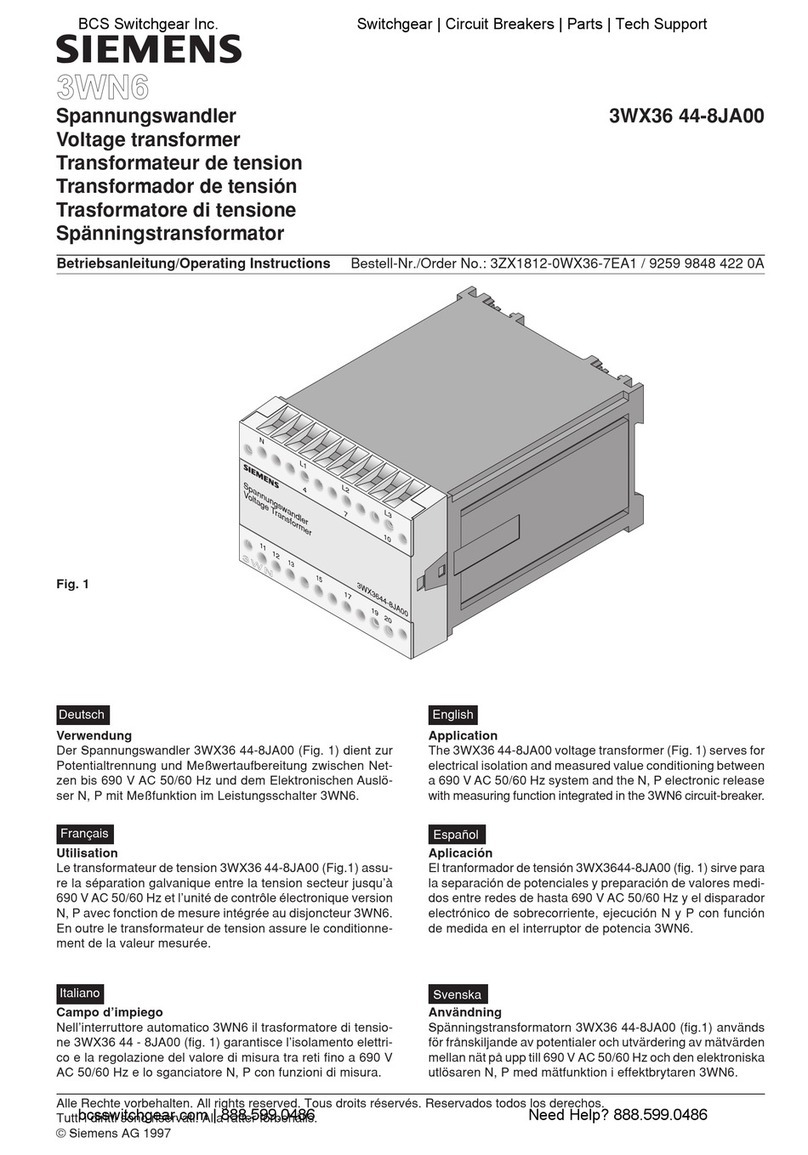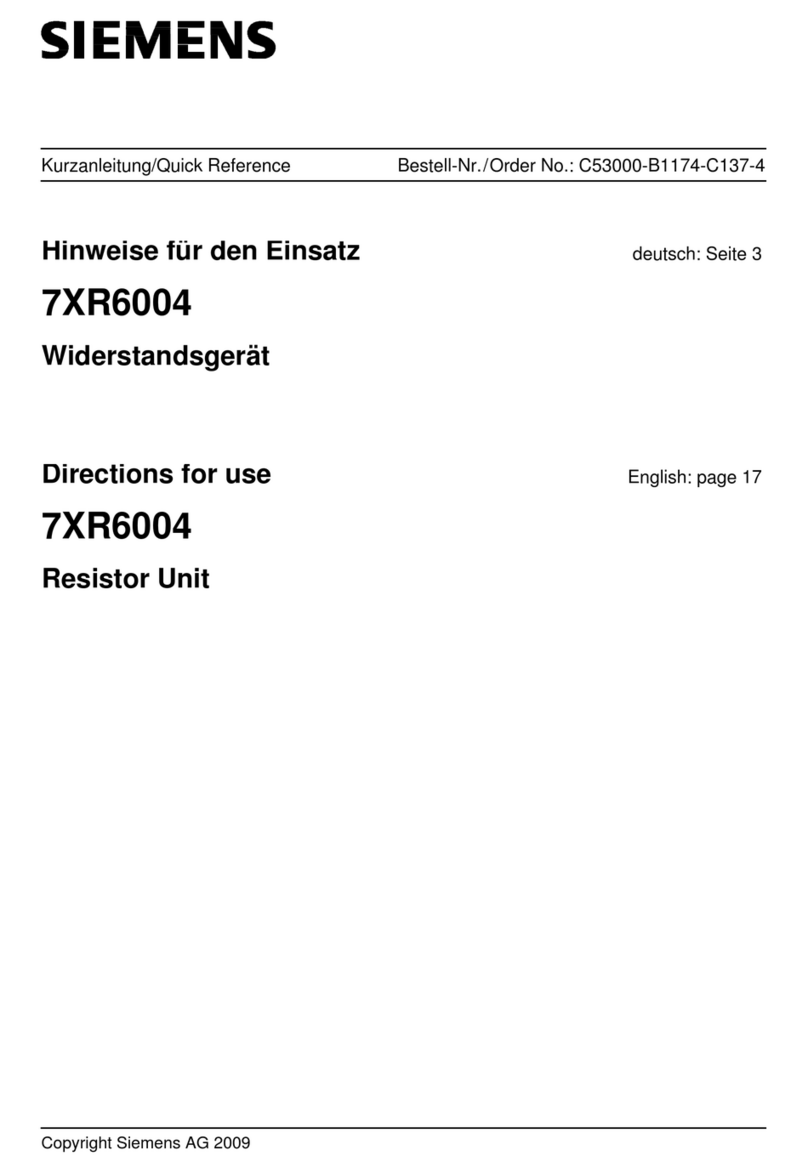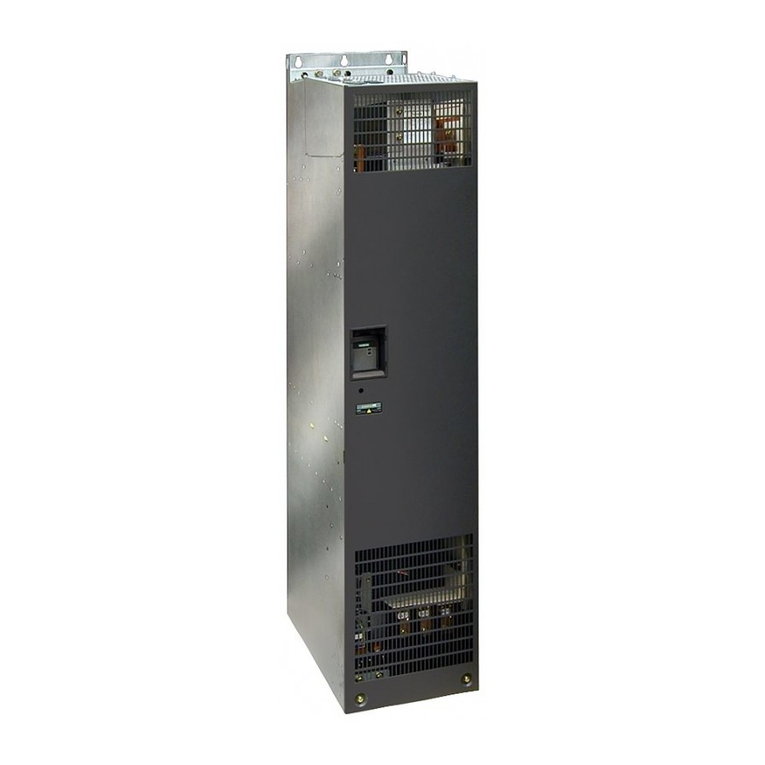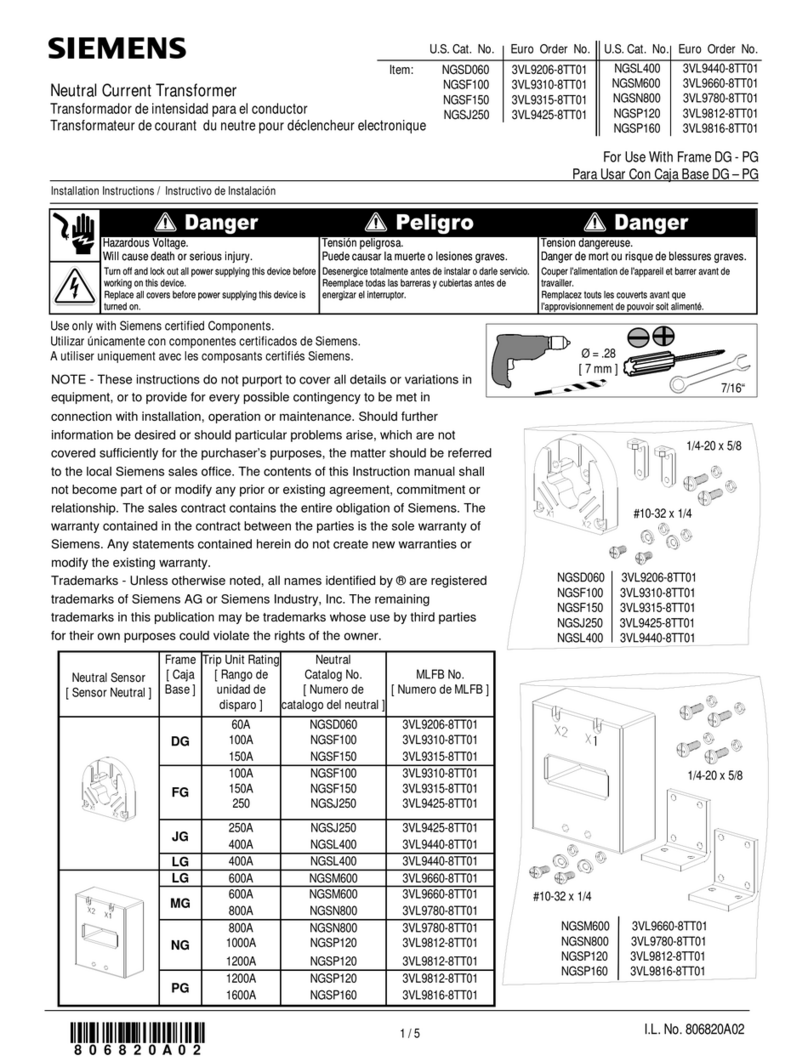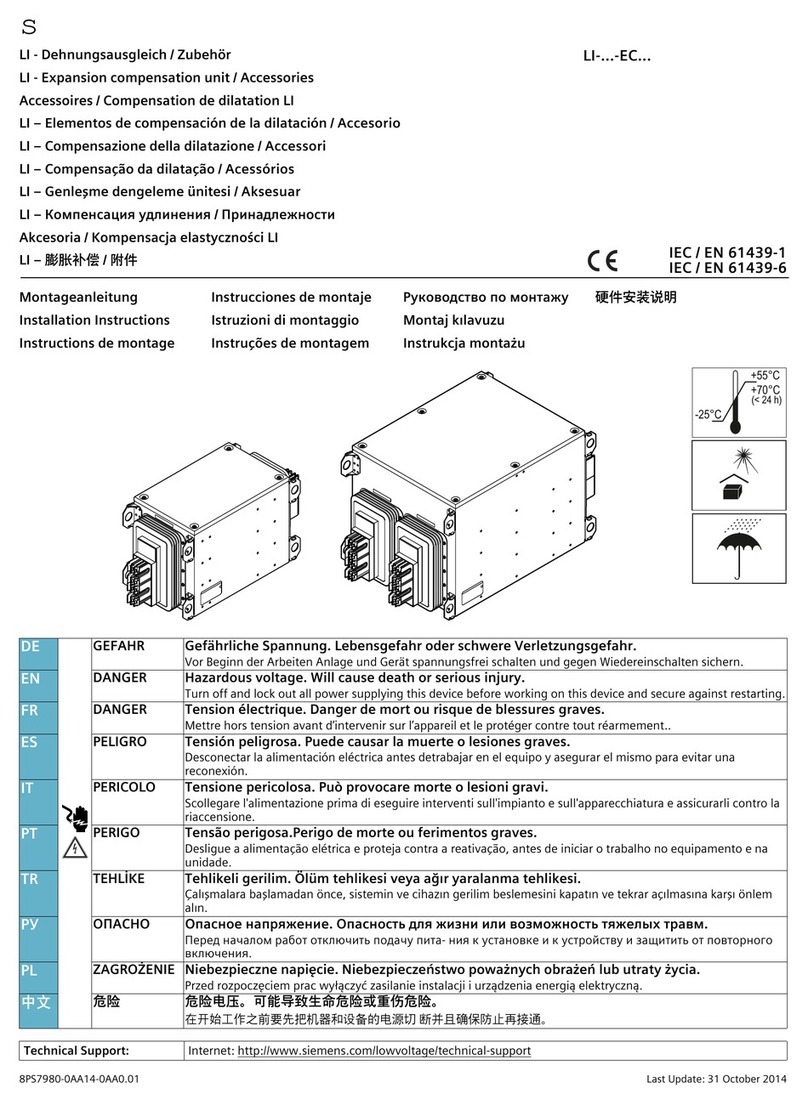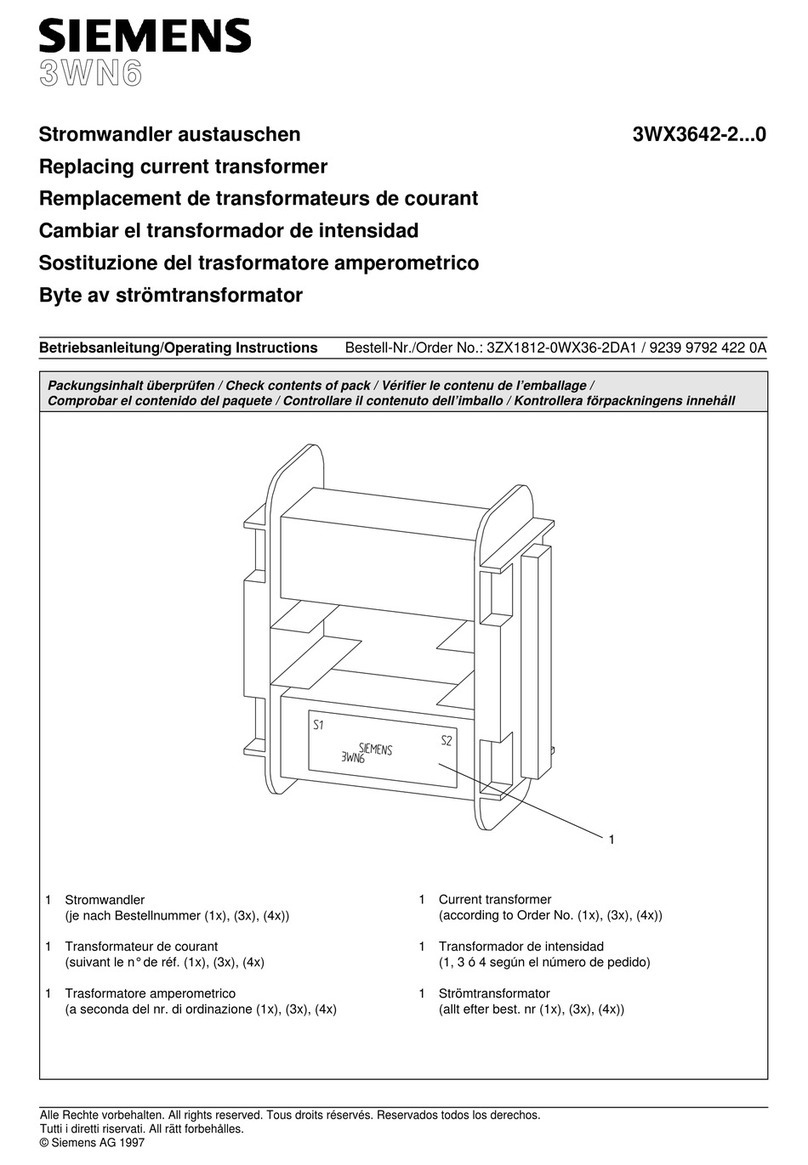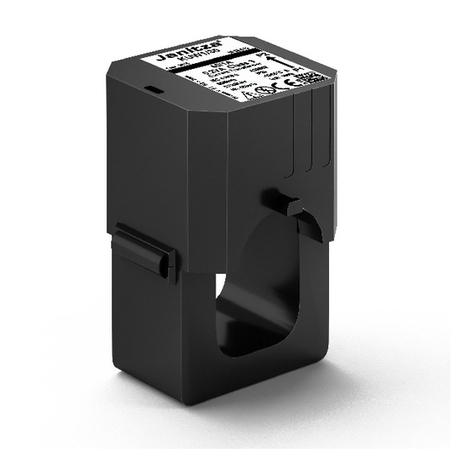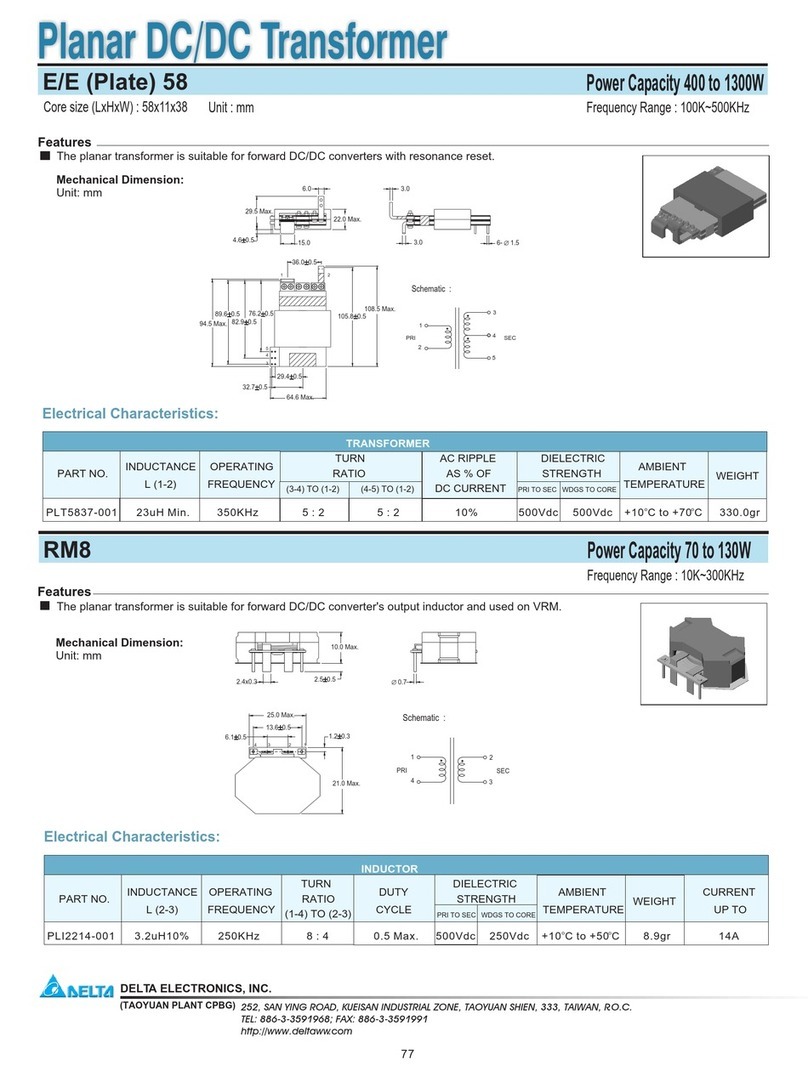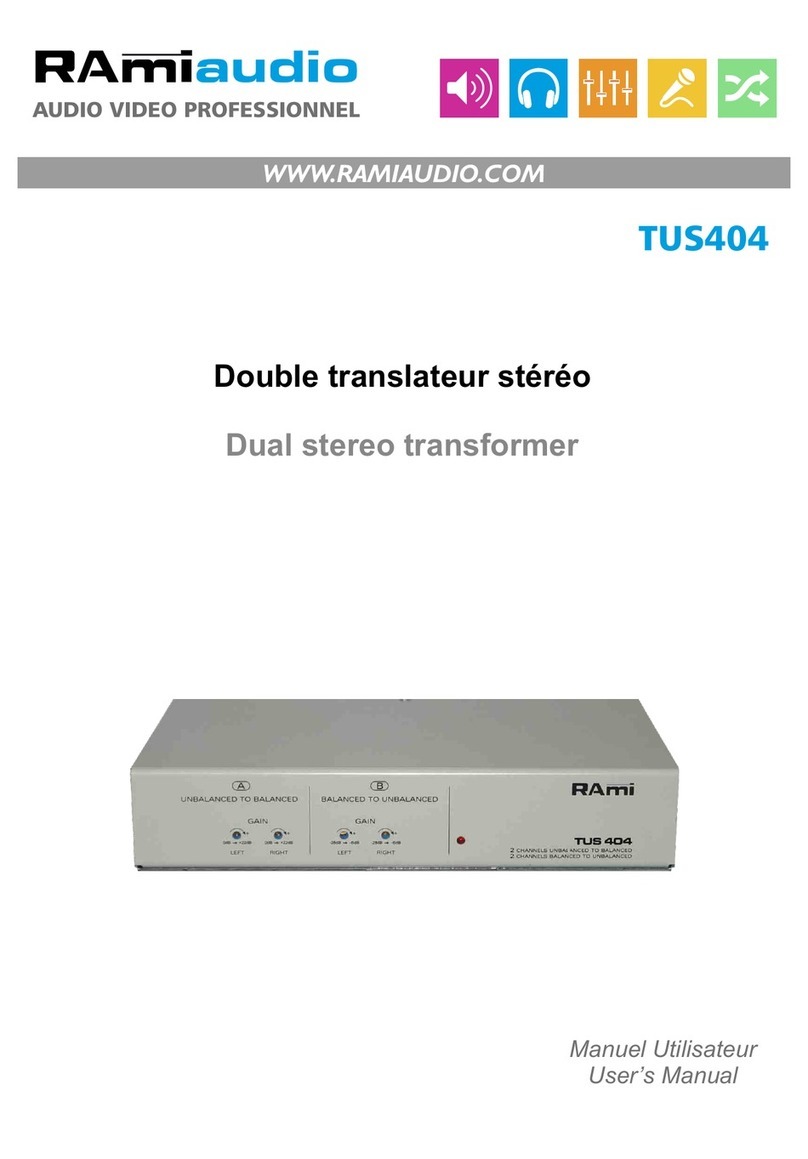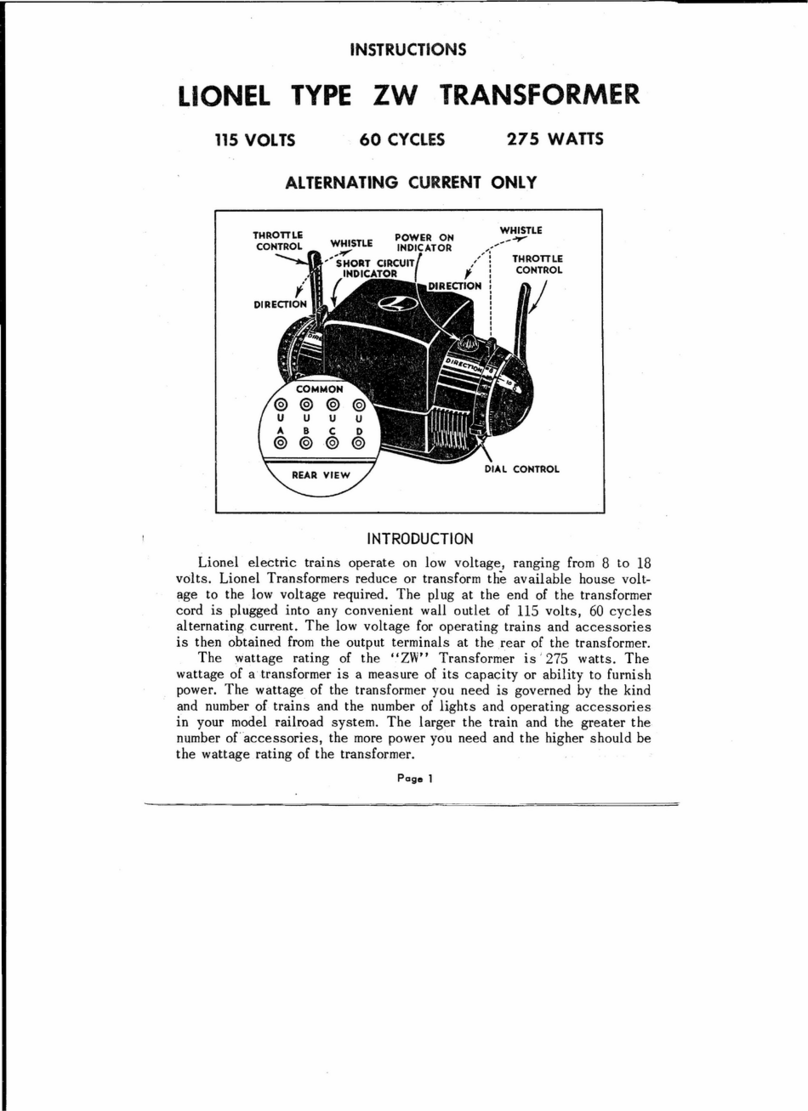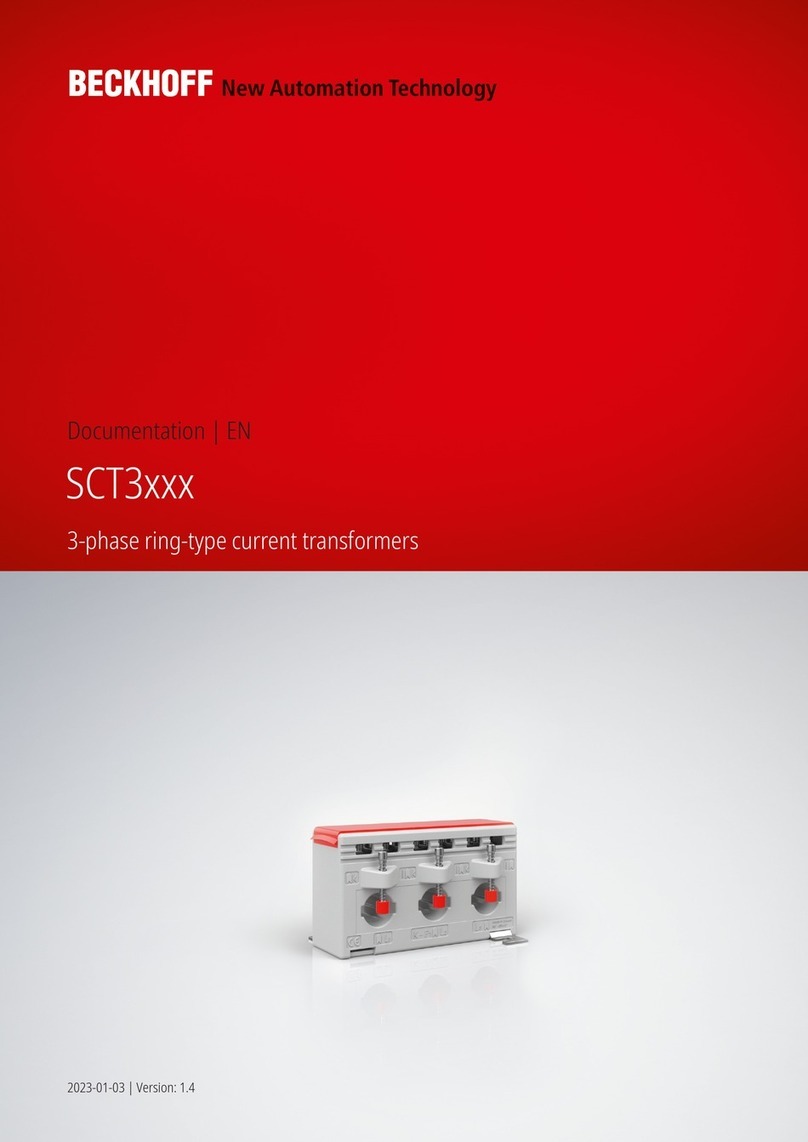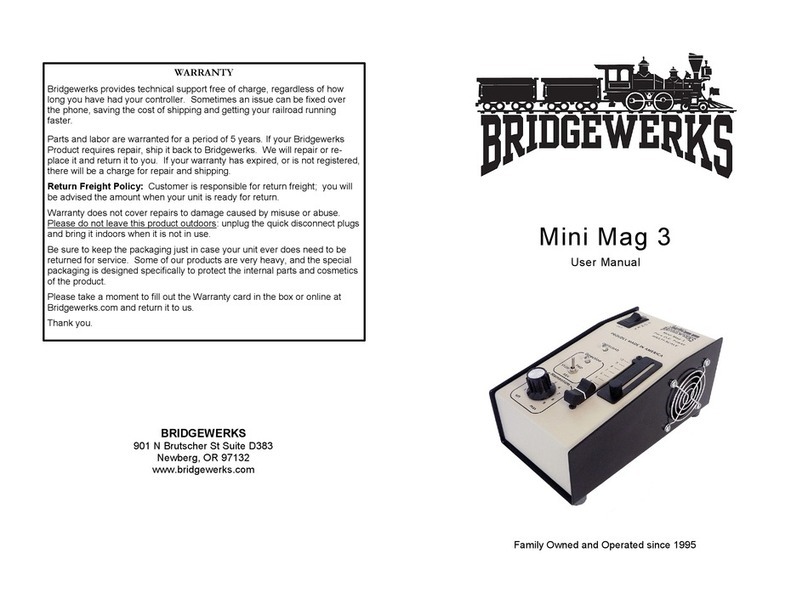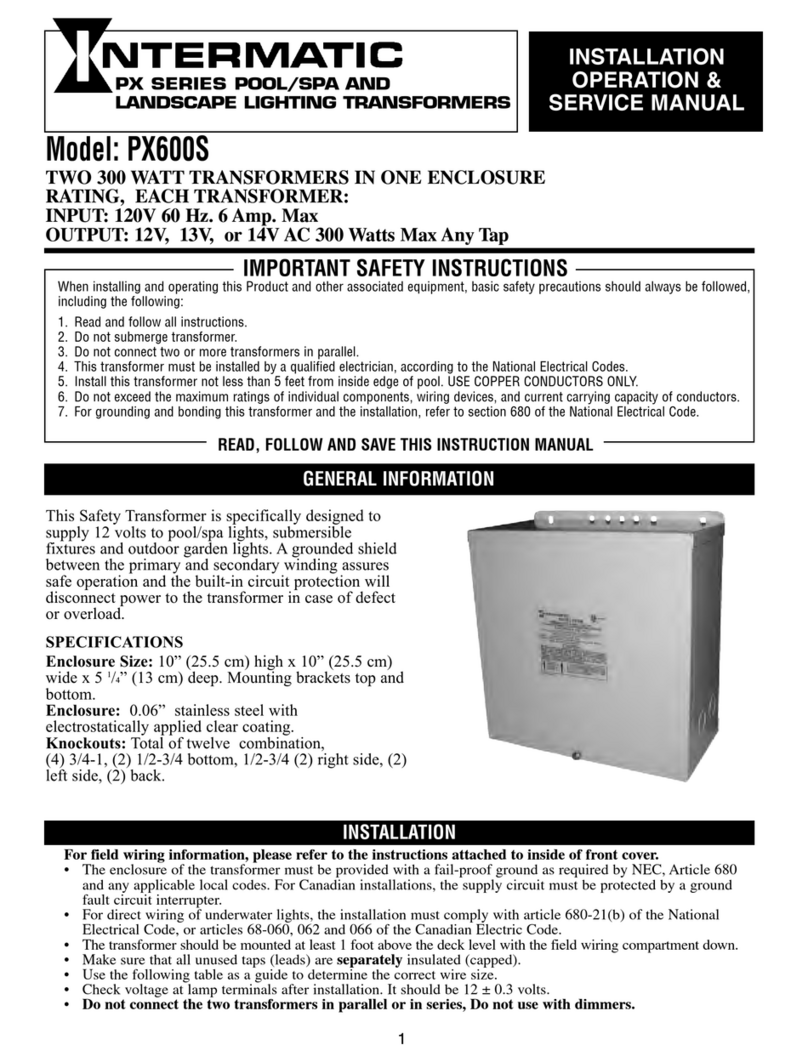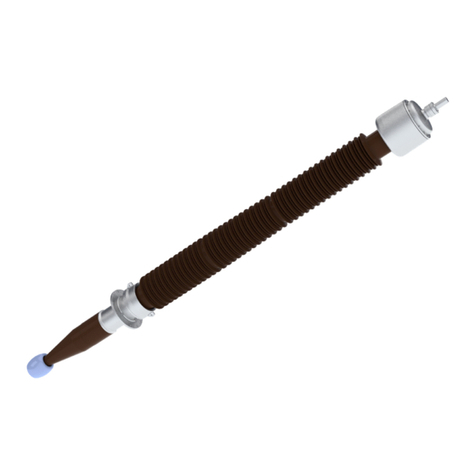
GEAFOL- / CARECO-Cast-resin Transformer/ Operating Instructions
© 2021 Siemens Energy Page 4
General information and
safety notes
1.1 General information
Note
Siemens Energy AG does not accept any liability for
damage and failures that result from the non-ob-
servance of these operating instructions.
These operating instructions are part of the transformer
delivery. Store the operating instructions near the
transformer. Please read the operating instructions prior to
handling the transformer and observe the information they
contain. This is how you ensure safe and disturbance-free
function.
Note
In addition to these operating instructions, special
contractual agreements and technical documentation
apply to a special transformer design and the associ-
ated supplementary equipment.
Please refer to the other operating instructions supplied
with the product.
The described transformers correspond to the state-of-the-art
at the time these operating instructions were printed.
Siemens Energy AG reserves the right to change individual
components and accessory parts in the interest of further
development. The changes serve to improve the
performance and safety. The significant features are
retained. The operating instructions are always being
updated with new contents.
The latest versions of the operating instructions, the
declaration of incorporation and the declarations of
conformity are available in electronic form in the
Online Support
(https://www.siemens-
energy.com/global/en/offerings/power-
transmission/transformers/geafol-
transformers.html#Downloads)
If you have any technical questions, please contact
Technical Support
(kirchheim-sck.energy@siemens-energy.com)
or the local contact addresses on the back of this manual.
1.2 Intended use
The transformers described in these operating instructions
have been designed for stationary use in general engineering
applications.
Unless otherwise agreed, the transformers have been
designed for use in plants and equipment in industrial
environments.
The transformers have been built based on state-of-the-art
technology and are shipped in an operationally reliable
condition. Changes made by users could affect this
operational reliability and are forbidden.
The transformer have been designed solely for the
application described in the IEC 60076-11. Do not operate
the transformer outside the specified power limit. Other
operating conditions must be contractually agreed.
1.3 Obligations of the user
The company operating the unit must ensure that all persons
assigned to work on the transformer have read and
understood these operating instructions and that they
comply with them in all points in order to:
Eliminate the risk to life and limb of users and others
Ensure the operational safety of the transformer.
Avoid disruptions and environmental damage
through incorrect use.
Comply with the following safety instructions:
Shut down the transformer and disconnect the power before
you carry out any work on them.
Make sure that the transformer cannot be turned on
accidentally, e.g. lock the key-operated switch. Place a
warning notice at the drive connection point which clearly
indicates that work is in progress on the transformer.
Carry out all work with great care and with due regard to
"safety".
For all work, carefully comply with the relevant regulations
for work safety and environmental protection.
Comply with the instructions on the rating plates and
warning plates attached to the transformer. The rating plates
and warning plates must be kept free from paint and dirt at
all times. Replace any missing rating or warning plates.
In the event of changes during operation, switch off the
drive unit immediately.
